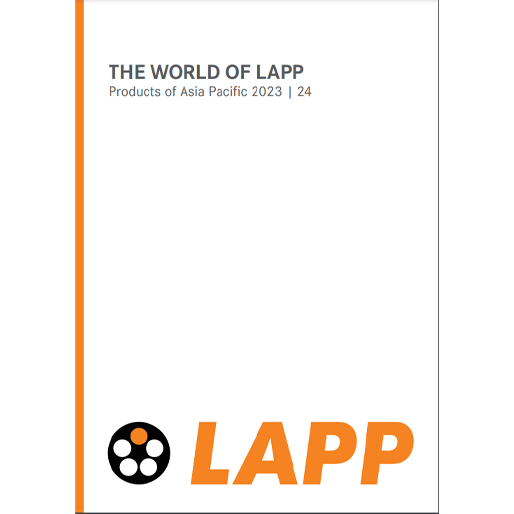Textile
Textile manufacturing is a major industry. It is based on the conversion of three types of fiber into yarn, then fabric, then textiles. These are then fabricated into clothes or other artifacts. Cotton remains the most important natural fiber, so is treated in depth. There are many variable processes available at the spinning and fabric-forming stages coupled with the complexities of the finishing and coloration processes to the production of a wide range of products. There remains a large industry that uses hand techniques to achieve the same results.


The manufacture of cloth was performed by individual workers, in the premises in which they lived and goods were transported around the country by packhorses or by river navigations and contour-following canals that had been constructed. Artisans were inventing ways to become more productive. Silk, wool, and fustian fabrics were being eclipsed by cotton which became the most important textile.
Innovations in carding and spinning enabled by advances in cast iron technology resulted in the creation of larger spinning mills and water frames. The machinery was housed in water-powered mills on streams. The need for more power stimulated the production of steam-powered beam engines, and rotative mill engines transmitting the power to line shafts on each floor of the mill. Surplus power capacity encouraged the construction of more sophisticated power looms working in weaving sheds. The scale of production in the mill towns round Manchester created a need for a commercial structure for a cotton exchange and warehousing. The technology was used in woolen and worsted mills.
High technology textile machinery like
- Spinning Machinery
- Weaving Machinery
- Knitting Machine
- Finishing Machinery
- Machinery Parts & Accessories
- Sewing Machine to more advanced products such as Testing Equipment, Packing Machinery and Processing Machinery.
And the integrated key processes of the current technology textile industry include ginning, fiber cleaning & preparation, spinning, weaving & knitting, fabric and garments processing(including printing and coloring).
For these processes, the cabling and connectivity products and solution should be
- Slim and lightweight.
- Highly flexible and durable
- Safety with flame retardent and halogen free
- Performance at extreme temperature and harsh environmental conditions.
- With chemical resistance properties.
LAPP meets the technological expansion and manufacturing development and is here to stay and grow. Henceforth smart cabling solutions (slim and light design) with greater intelligence have to be manufactured, as they are the prime facilitators in achieving the objective of interconnecting intelligent devices with low loss. Broadly, the cables and wires used in these automated equipment/devices have to be flexible, temperature resistant, chemical & mechanical resistant, weather-resistant, flame retardant, halogen-free, fire survival etc.
Therefore there is a constant need for innovation in the industry that will in turn enhance the ability of the industry to develop new products and solutions. Quality is constantly being ensured in our own highly-modern test centres and internationally unique test to meet the requirements of the products, application and standards. The composition of the group with its own in-house production in the main markets gives our international customers the security of being able to access a large assortment of standard products with the corresponding standards all over the world.
LAPP can fall back on its extensive experience over 50 years of development and manufacturing, and based on this has developed various innovations and a high level of production quality and reliability. Also customised solution without compomising and ready-made products from LAPP Systems for Plug and Play.
Products for Textile Industry
Flexible Power and Control Cables


Highly flexible Power and Control Cables


Data Communication Cables







